View our Product Catalog to find products you can try for free.
 menu
menu
-
0
Basket
- WHERE TO FIND US
-
US - English
Latin America
Europe
- Belgique - français
- België - Nederlands
- Danmark - Dansk
- Deutschland - Deutsch
- España - Español
- Finland - svenska
- France - Français
- Ireland - English
- Italia - Italiano
- Lietuva - Lietuvių
- Nederland - Nederlands
- Norge - Norsk
- Schweiz - Deutsch
- Suisse - français
- Suomi - suomi
- Sverige - svenska
- Svizzera - Italiano
- UK - English
- Österreich - Deutsch
Asia/Pacific
- Sign up or Login
-
Products
New Product
New Image Soft Convex CeraPlus skin barrier with a unique combination of fit and formulation.
Try It Free -
Ostomy Care
- CeraPlus™ Line of Products* A guide to our lines of products that meet your needs for security and skin health
- Security and Skin Health CeraPlus™ Products help keep healthy skin healthy
- Testimonials Hear from users of our CeraPlus™ Products
- Ostomy Care Learning Center Education, resources, and quick tools
- Clinical Education Resources that include research findings and learning opportunities for healthcare professionals
- Quick Educational Tools Helpful PDFs and videos for before and after ostomy surgery, including international resources
CeraPlus™ Product Selector
Selecting the Right Ostomy Product Can Make All the Difference
Learn More -
Continence Care
- Discover our Continence Care Products Our range of intermittent catheters has something for everyone who self-catheterizes, whatever their condition
- UTI Prevention Videos and articles about how to avoid urinary tract infections and improve your quality of life
- Learning Center Resources to help you learn more about bladder health, intermittent catheterization, and living life with a neurological condition
- Quick Educational Tools Helpful PDFs and videos to increase your continence care knowledge
- Clinical Education Educational resources for Healthcare Professionals
VaPro™ Intermittent Catheters
With 100% No Touch Protection, whatever you touch won't touch VaPro™ catheters
Learn More -
CRITICAL CARE
- SECURE START SERVICES
-
About
- Career Opportunities Share our legacy and help shape the future
- Associate Stories Learn what it is like to be a Hollister Associate
- Environmental Policy Learn more about our commitment to being good stewards of the environment.
- Global Locations Manufacturing and distribution centers and offices around the world
- Hollister History Built on the legacy of our founder
- News and Events News and Events
- SELECT COUNTRY
- Contact Us
- Where to Buy
Top Catheterization Concerns and What to Do About Them
Do you have questions and concerns about catheterization, such as what to do while taking a trip? Explore some common issues, along with tips for addressing them.
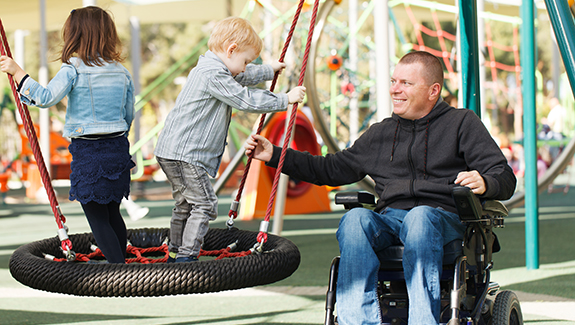
Learn how to solve common catheter issues.
If you manage your bladder disorder symptoms with a catheter, it’s possible that some issues may arise. It can be helpful to learn about some common challenges and their potential solutions.
Urinary tract infections (UTIs)
It’s important to monitor yourself for signs of a urinary tract infection (UTI) and to contact your healthcare professional immediately if they occur. These symptoms include:
- More frequent urination than normal
- Leakage of urine between normal voiding or catheterization
- Increased muscle spasms (if you have a spinal cord injury)
- Fever
- Back pain
- Milky, cloudy, or dark colored urine
- Foul smelling urine
Amount of fluids to consume
If you’re catheterizing, you’re likely concerned about how much fluid you should drink. In general, it is recommended that adults drink eight to 10 glasses of fluid each day. Your individual needs, however, may be different. Consider reducing your consumption of caffeinated drinks if you notice negative effects on your bladder. Also, be aware that alcohol may make your bladder fill more often.
Problems passing the catheter into your bladder
If you cannot pass the catheter, this is usually due to a spasm at the sphincter. Here are some tips that may help:
- Relax, take a deep breath, or cough
- Hold the catheter gently against the closed sphincter. It will usually open after a few seconds.
- Never force the catheter, since this can cause injury to the urethra.
If you cannot pass the catheter after three or four tries, call your healthcare provider or go to the accident or emergency room. He or she will have special catheters available to catheterize you. If this problem occurs often, you may need to use a catheter with a bent or Coudé/Tiemann tip.
Large amounts of urine when you catheterize at night
During the day when you are sitting, fluid collects in your legs. You may notice that your feet and ankles become swollen. When you lie down at night, all of this fluid enters your blood stream, is filtered through your kidneys, and fills up your bladder. To reduce large amounts of fluid you can try:
- Lying down for an hour during the day, preferably in the afternoon
- Catheterizing before going to bed for the night
- Catheterizing in the middle of the night
- Limiting your fluid intake after 6:00 pm
Catheterizing while traveling
Unfortunately, many planes, buses, and trains do not have wheelchair accessible bathrooms. Below are a few tips that may make traveling with a catheter easier:
- If access to a bathroom is an issue, catheterize under a jacket, a sweater, or a small blanket over your lap using a closed-system catheter
- Some people choose to insert an indwelling catheter for trips and then remove it as soon as possible
- For air travel, be sure to carry plenty of catheter supplies in your carry-on luggage. Most airlines will allow an extra carry-on bag for medical equipment.
- Some airlines designate the first-class toilet for people with disabilities. Ask about this when making your travel arrangements.
Catheterizing during pregnancy
If you’re expecting or planning to become pregnant, you may wonder if you can still catheterize during your pregnancy. Your healthcare professional will advise you as your pregnancy progresses, but intermittent catheterization can be safe during pregnancy.
- 0 Shares
- 26 Recommended
Browse related articles
-
Understanding MS Bladder Issues and How ISC Can Help
Multiple sclerosis (MS) can cause bladder problems like incontinence and urine retention, but intermittent self-catheterization (ISC) can help solve them. Learn more from Shauna Brady, a registered nu...
Read More -
UTI Prevention Education is Key
Kris has been experiencing urinary tract infections (UTIs) since his spinal cord injury in 2017. He started performing intermittent self-catheterization (ISC) following his injury, but wishes he'd bee...
Read More -
How ISC Helped Ben Find His New Normal
After an on-the-job accident left him paralyzed from the waist down, Ben Hasselman was anxious about performing intermittent self-catheterization (ISC). Now he encourages others to try ISC and experie...
Read More
Prior to use, be sure to read the Instructions for Use for information regarding Intended Use, Contraindications, Warnings, Precautions, and Instructions.
The information provided herein is not medical advice and is not intended to substitute for the advice of your personal physician or other healthcare provider. This information should not be used to seek help in a medical emergency. If you experience a medical emergency, seek medical treatment in person immediately.
Welcome to Hollister Incorporated!
We want to make it as easy as possible for you to navigate our website. Please select your country and preferred language to ensure that you see customized content and accurate product availability information.




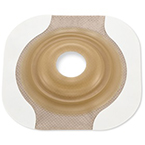
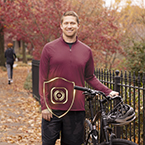

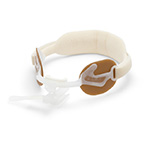


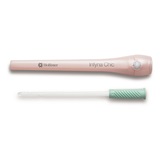

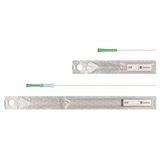
 Call Us
Call Us  Email Us
Email Us  Join Us!
Join Us! 